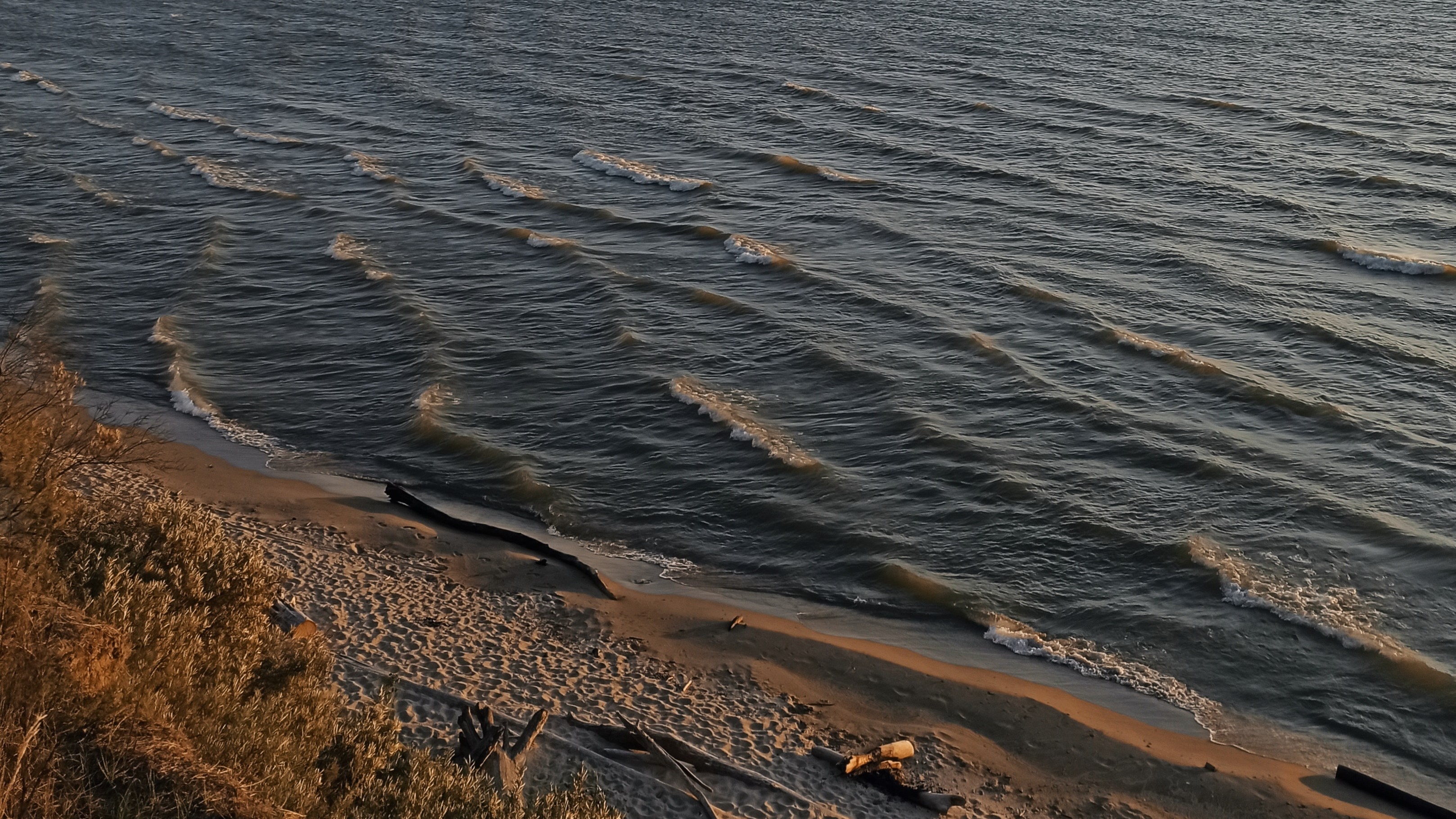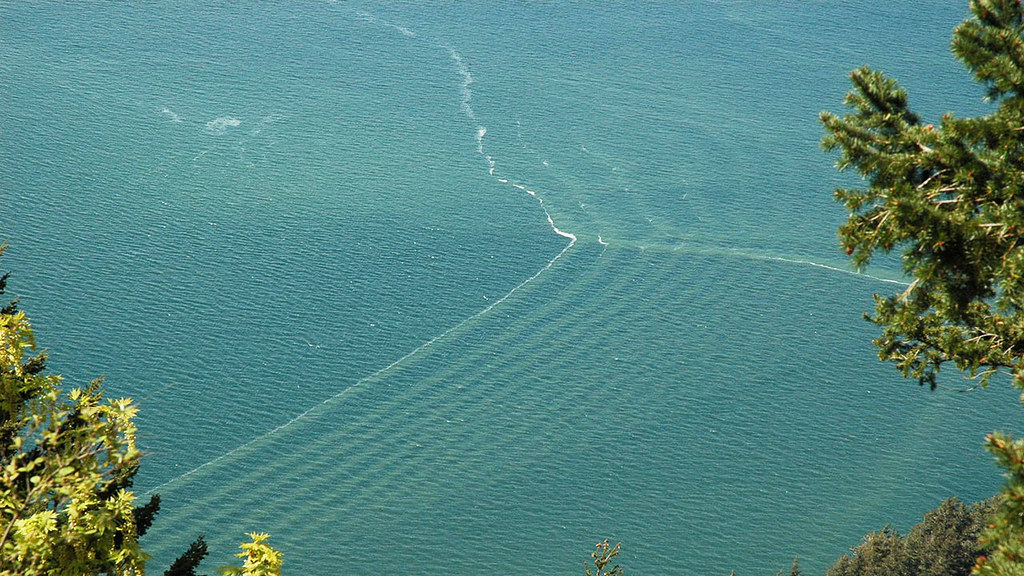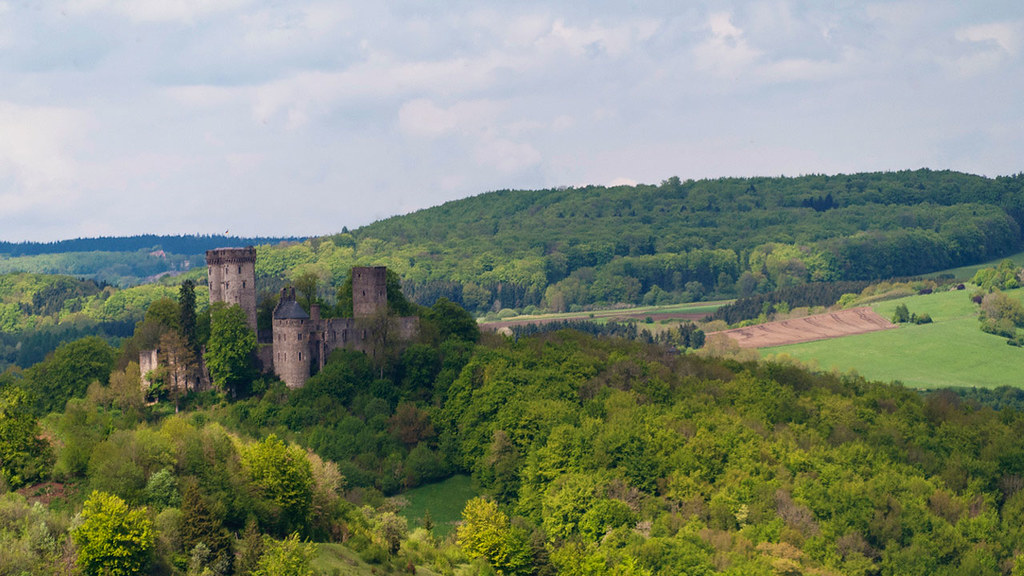There’s a gentle breeze in the air, the sun is shining, and you’ve paused on a seafront walk to watch gulls bobbing in the water below. You might not realise it, but you’re witnessing one of nature’s simplest but least understood wave phenomena – the Stokes wave.
Stokes waves are progressive, travelling waves primarily driven by gravity, that move in one direction without changing their form. They were first detected by, and named for, Irish physicist Sir George Stokes in the 19th century. His theories have since been used to model waves and how they propagate in deep water. An example of this is helping engineers design coastal and offshore structures, modelling how waves interact with the obstacles.
However, Stokes’ original theories only considered waves being affected by the force of gravity. In reality, other physical forces can have an effect.
Pondering parasitic ripples
One important force that can affect the formation of waves is surface tension, or capillarity. This is the force controlling the attraction between water molecules at the surface.
If you take a closer look at those bobbing gulls, you may notice the breeze brushing over the top of the waves. On a windy day, the surface tension of the water can cause small-scale ripples, or waves on waves. These smaller ripples riding on the crest of a larger Stokes wave are parasitic ripples.
The study of these parasitic ripples, however, is fiendishly complicated. Because the surface tension forces are so small, the ripples are incredibly difficult to detect. While they can be observed experimentally, to study their properties, researchers need careful numerical simulations.
Proving the point
Recent research from PhD student, Josh Shelton in the Department of Mathematical Sciences, has uncovered some novel properties of these parasitic ripples.
His work means not only can we now effectively detect parasitic ripples on a numerical level, but his mathematical theory explains how they’re formed in practice.
The study reveals an increasingly intricate structure appears as the surface tension reduces. The analytical framework produced describes this structure and estimates the ripple’s amplitude and other physical properties. The team’s computations also correct previous misconceptions about the challenging behaviours of parasitic ripples.
The study also demonstrates that if the Stokes wave is symmetrical, the ripples will also exhibit symmetry around the wave crest. This greatly improves our current understanding of the structure of parasitic waves.
In nature however, waves and their parasitic ripples are rarely symmetric. Using their new framework, the team hope to extend the model to help predict and understand asymmetry in waves.
About Josh
Josh completed his PhD in Mathematical Sciences at the University of Bath, under the supervision of Dr Philippe Trinh. He's now a post-doctoral research associate with our Department of Mathematical Sciences.
Josh was awarded the prestigious UK Fluid Network Thesis Prize in 2023 for his PhD research.



